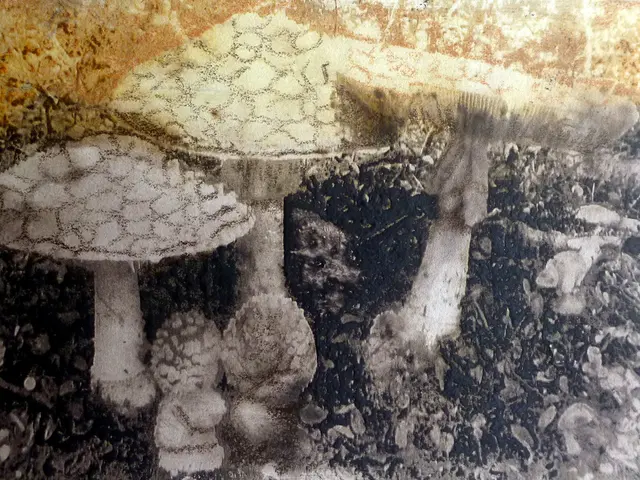Blooming Season: Perfect Timing for Cultivating These 5 Flowering Species During the Rainy Season
The monsoon season in India presents a unique opportunity to cultivate a vibrant array of flowering plants that thrive in the moist and humid conditions. Here are some of the best flowering plants to grow during this time, each offering a touch of beauty, culture, and utility.
## 1. Hibiscus
Known for its large, vibrant blooms in colours like red, pink, and yellow, hibiscus is a common and beautiful addition to Indian gardens. This hardy perennial prefers well-drained soil and partial sunlight, making it an ideal choice for many gardeners. Prune at the start of monsoon to encourage flowering, and enjoy the stunning display of flowers in your garden.
## 2. Lotus
India's national flower, the lotus, blooms in pink or white and is often found in freshwater bodies during the monsoon. Symbolizing purity, resilience, and divinity in Indian culture, the lotus is a captivating sight in any setting.
## 3. Jasmine
Famed for its strong, sweet fragrance, jasmine produces white, delicate flowers that are used in garlands and perfumes. This plant prefers moist conditions and is often used in religious offerings. Jasmine is versatile, thriving in both containers and the ground, and doing well in both full sun and partial shade.
## 4. Balsam
Producing colorful flowers in pink, red, and violet shades, balsam is a popular ornamental plant. Easy to grow from seeds and preferring moist, shaded spots, balsam is an excellent choice for those looking for a low-maintenance addition to their monsoon garden.
## 5. Rain Lily
These small, striking flowers bloom suddenly after rain and are typically pink, white, or yellow. Thriving in well-drained soil, rain lilies are a perfect choice for Indian gardens during the wet months.
## 6. Frangipani (Plumeria)
Known for its fragrant, waxy blooms in white, yellow, or pink, often used in temple decorations, frangipani is a delight for the senses. This tropical plant prefers well-drained soil and is an ideal choice for those with larger gardens.
## 7. Blue Pea
A fast-growing climber with striking indigo-blue flowers, blue pea is often used in Ayurvedic remedies. Revered in spiritual rituals and used in teas, blue pea is a versatile and culturally significant plant.
## 8. Gulmohar
Known for its vibrant red-orange blossoms, these trees bloom just before and during the early monsoon. Thriving in Indian weather conditions without the need for specific care, the gulmohar tree is a stunning addition to any garden.
These plants not only add beauty to your garden but also provide medicinal benefits and are significant in Indian culture and traditions. Planting a mix of these flowering plants will brighten up your garden and make the monsoon season more enjoyable. Happy gardening!
[1] Information sourced from various gardening resources and cultural texts.
- A vertical garden, filled with thriving hibiscus, lotus, and other flowering plants, can transform your home-and-garden lifestyle, offering a touch of beauty and culture in your living space.
- Embracing the monsoon season by nurturing jasmine plants not only brightens your garden but also provides a sweet fragrance and helps in religious offerings, adding a unique dimension to your gardening hobby.
- A nursery specialized in indigenous plants can offer you a variety of options like balsam, rain lilies, and blue pea, each contributing to the local ecosystem and catering to your desire for low-maintenance gardening.
- Enhancing soil quality with organic matter and ensuring proper drainage is crucial for the growth of exotic plants like frangipani and gulmohar, which can bring a tropical flair and vibrant color to your home-and-garden lifestyle.
- By cultivating a mix of flowering plants such as these, not only are you contributing to biodiversity, but you're also integrating a piece of India's rich culture and tradition into your lifestyle.





